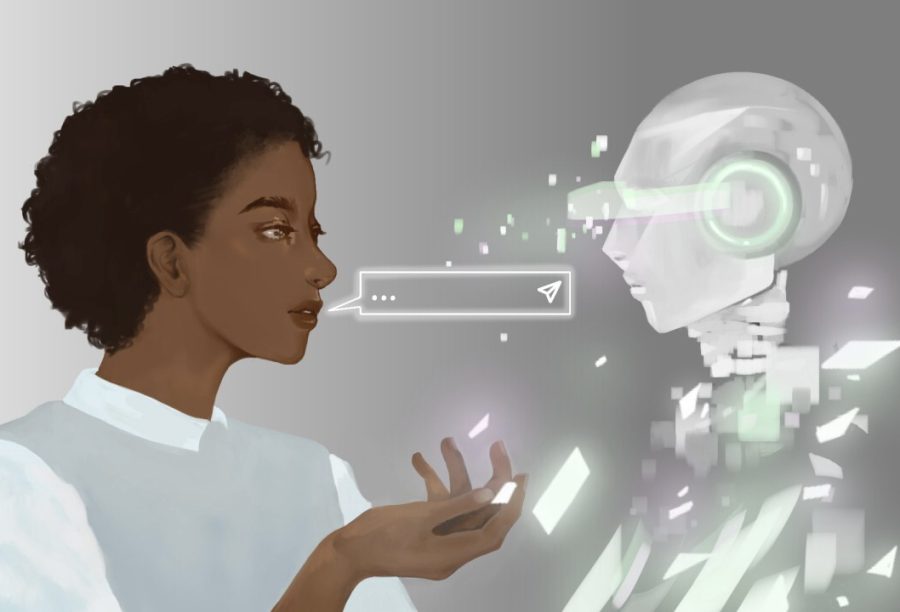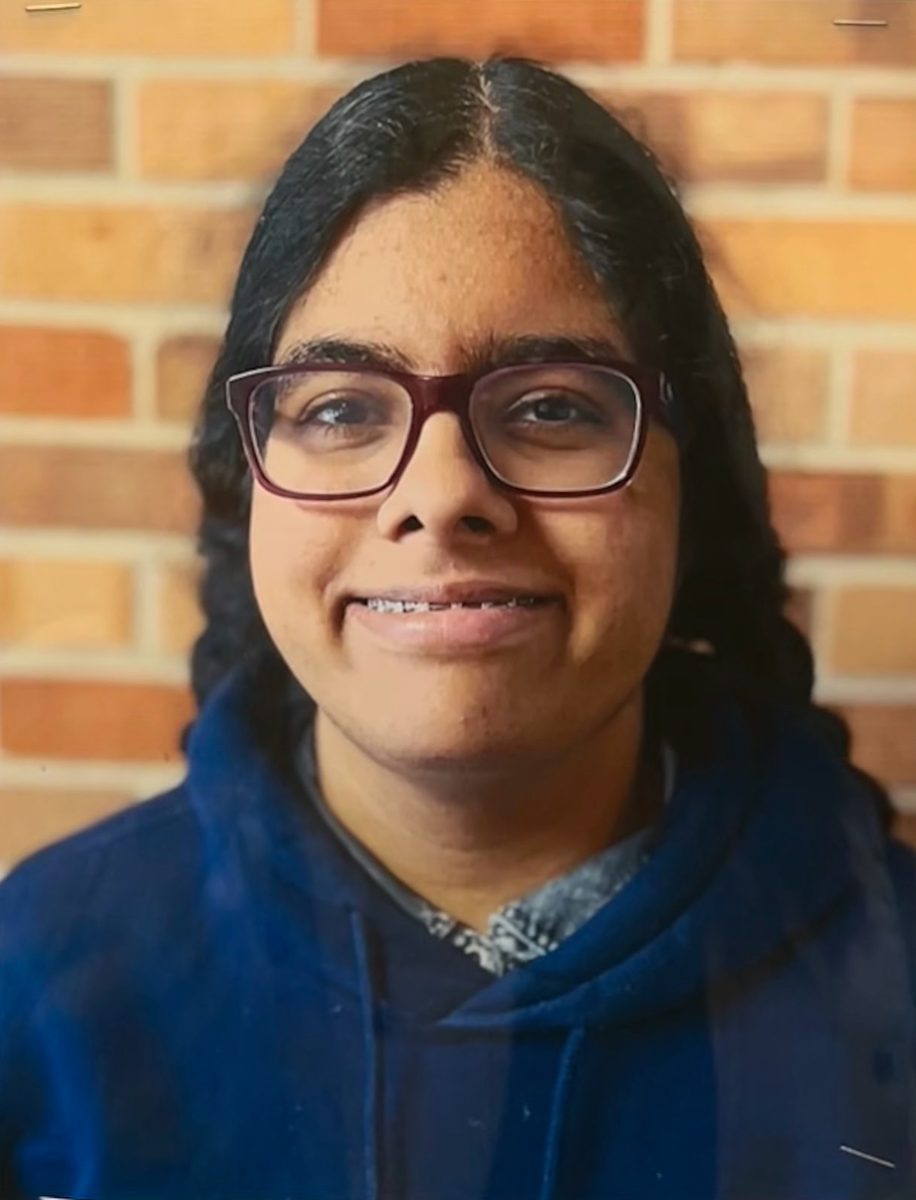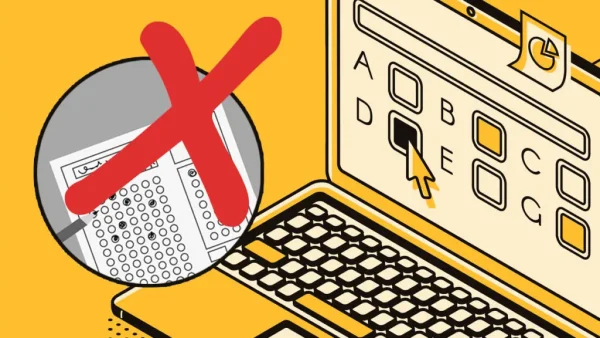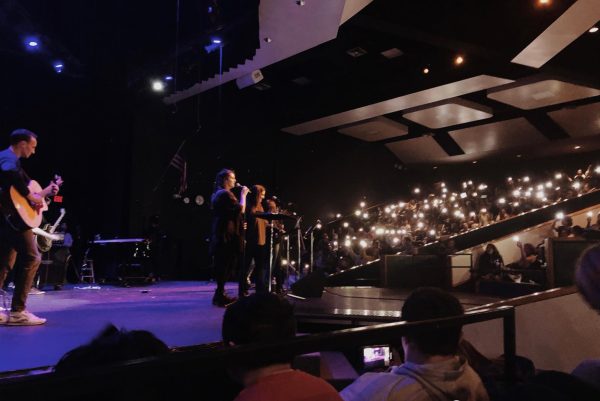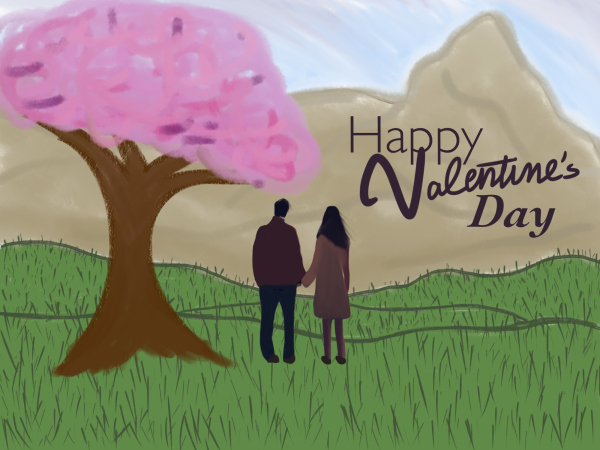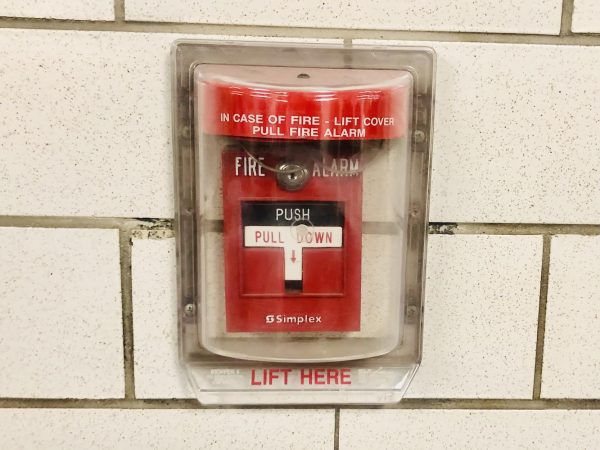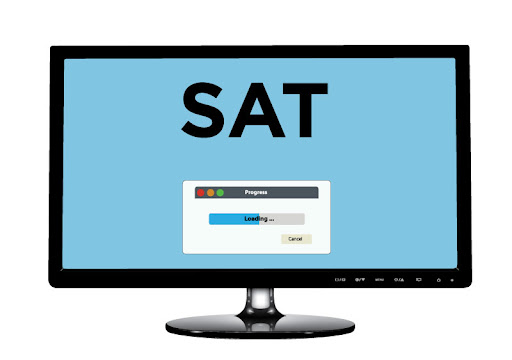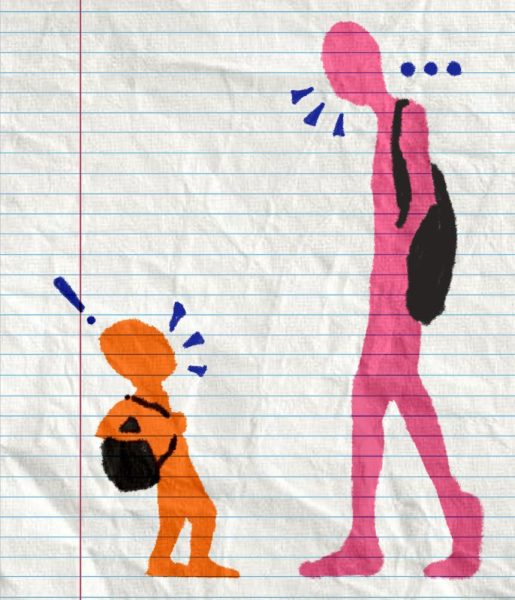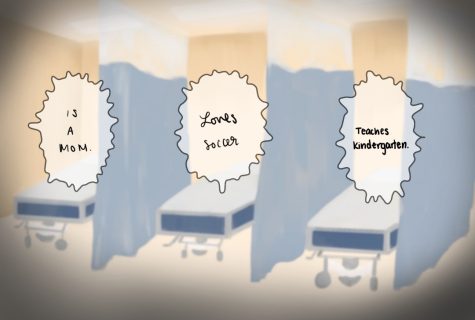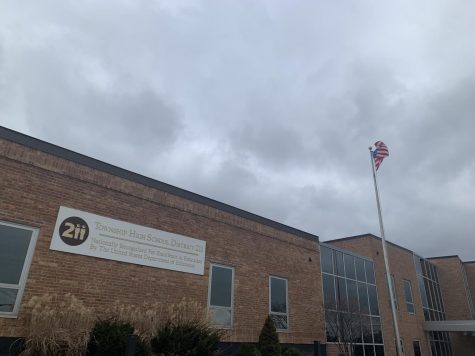Should AI be condemned for potential plagiarism online?
February 27, 2023
In the past, AI, or artificial intelligence, has primarily been seen as a concept pulled straight out of science fiction. It’s the seemingly magical consciousness that, in these stories, controls robots, destroys worlds, or saves humanity.
While what we have doesn’t even come close to that level of grand power, the potential of the ever-growing technology is finally starting to make itself known. In particular, two such applications of AI have recently found themselves in the spotlight of this attention: AI art and ChatGPT.
AI art refers to any piece of digital artwork produced by a program. These programs work by converting words from the prompt into elements which are then formatted in the final image.
While this sounds simple, AI technology can only achieve this through a complex bottom-up system, which is a type of machine learning that involves giving an AI a huge amount of data to take in and learn from. It’s meant to emulate the human brain’s learning process — gradually making connections while increasing intelligence, efficiency, and performance.
Unfortunately, the large amount of data required in the case of AI art comes in the form of taking pre-existing art to give to the AI. This has angered countless online artists whose art has been used for this AI technology to grow.
The objection from these artists is understandable. Not only are copies of their art taken by an AI without their explicit consent, but this AI is also turning around and creating competition for their livelihoods. After all, getting a desired image by entering a prompt into a website for free basically eliminates the need to commission anything from digital artists.
In recent times, “artificial” art has become so detailed it’s often difficult to distinguish whether an AI truly makes any given piece.
For example, in 2022, Jason Allen of Colorado won a state art fair competition and brought home a blue ribbon with a $300 cash prize. However, other contestants, spectators, and online commentators raised a sizable outcry at the news of his victory.
The reason? The piece Allen submitted was neither hand drawn nor photoshopped. Instead, it was produced through a program he had personally designed.
As the program’s creator, does Allen deserve the award because what he made created an original piece? Or does he not deserve the award because he never physically sat and worked with a drawing tablet or canvas?
More and more situations like this one blur the lines between what we consider original and what we don’t.
The other leading cause of attention and controversy is ChatGPT. This AI can understand a prompt or question, then provide a fitting response. It includes writing song lyrics, code, and much, much more.
The issue that arrived along with ChatGPT’s popularity was many students’ misuse of its capabilities. These include rampant cheating on school assignments or writing essays in seconds. Furthermore, AI’s unique responses make it extremely difficult for teachers to pinpoint whether anything has been plagiarized from ChatGPT. Even text analyzers built by the same company that produced ChatGPT reported a low success rate in identifying whether given answers were from an AI.
As word of ChatGPT spread, troubles within schools only seemed to worsen. To counteract this, the entire New York School Board voted to ban ChatGPT from their schools completely. These measures, though, have yet to do anything to slow the popularity of AI.
Going forward, AI has infinite routes it could travel down. Even as countermeasures are invented, newer and more elusive innovations will inevitably become available alongside them. Though what we can do with AI now is primarily manageable in and of itself, it may only foreshadow more complex and increasingly dangerous uses in the future. Without limitations or proper regulation, similar breaches of people’s online rights might become more and more commonplace. Thus, we must tread cautiously and take preemptive action before any such misuse gets out of hand.

